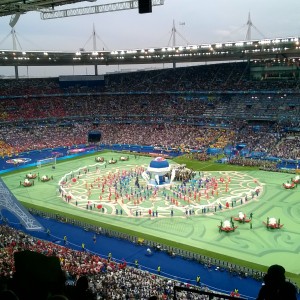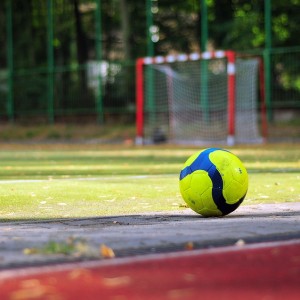From Instant Replay to UEFA Euro 2016 Goal-line Technology : to eternal struggle against referee errors
Human sight is so sharp and scrupulous that it has become the most used instrument for refereeing sporting competitions. However it can sometimes be mistaken. So referees and scorekeepers have always tried to use other more or less technological devices to find a solution. In football, for example, there is the latest Goal-Line Technology, recently used in the European Football Championship UEFA Euro 2016.
Everything started with Instant Replay: from Cinema to Sport
The history of sport, particularly the world of footbal, has been marked by many referee’s mistakes because of oversights or wrong assessments, and for the most part there has been little reason to get upset. In fact, to the human eye the ball is clearly perceived at a speed of 12 kilometers per hour, compared to the more than 120 kilometers per hour it reaches when it is kicked. So it is impossible to always make a perfect decision.
In the last few years, sports clubs have tried different possible technological devices to support refereeing, reduce the margin of human error and guarantee impartial results during competitions.
Instant Replay was originally used for this purpose, even today it is used for verifying the referee in almost all team sports. It is a technique that comes from the cinema, used to let the user study individual frames.
However, here too, judgement comes from the human eye, which with the help of a simple device sees in slow-motion individual frames of a particular suspicious action.
From Instant Replay to tracking systems: the introduction of Goal-line Technology
Later than more advanced technological systems used in other sports like tennis and cricket, the world of football recently introduced a revolutionary innovation, which tracks the action during the moments of a goal: la Goal-line Technology.
Designed for optimising refereeing in real time on the field, especially for ensuring ‘in a scientific way’ that the ball has crossed the goal line, Goal-line Technology was approved in accordance with the regulations enforced by IFAB before, and later by FIFA in 2012.
Over the last four years, nine different tracking systems with the same goal in common but with different characteristics, have been planned and improved. Only three have been certified by FIFA: Hawk Eye and GoalRef, used for the first time in 2012 World Cup, and Goalcontrol 4D, first used in 2014 Brazilian World Cup.
Hawk Eye at UEFA euro 2016: how the Goal-line Technology system works
On the occasion of Euro 2016, UEFA decided to assist the referee’s difficult work by putting their trust in the Hawk Eye, goal-line system, developed by the Englishman Paul Hawkins in 1999.
The ball is monitored by 7 high-performance cameras which are located at each goal post and which track the ball from every angle in the playing area: in the midfield, at six meters from the goal line, behind the goal. The images are recorded at 2000 frame per second ( a standard camera records at 25 frame) and displayed with 4d software. All in less then a second.
Then the Hawk Eye system immediately sends a light-signal with a vibration directly to the watch the referee is wearing, and declares the goal indisputably.
The Hawk Eye technology is almost infallible: it is able to reveal a goal when the ball is only partially visible in the image and cannot be influenced by adverse weather conditions. It guarantees millimetric precision in all conditions.









